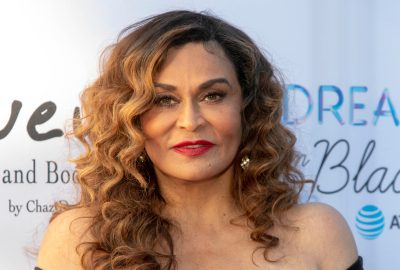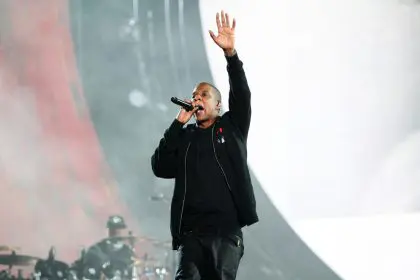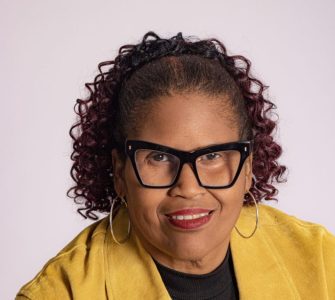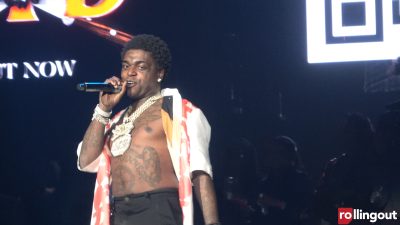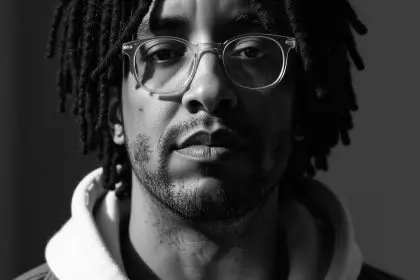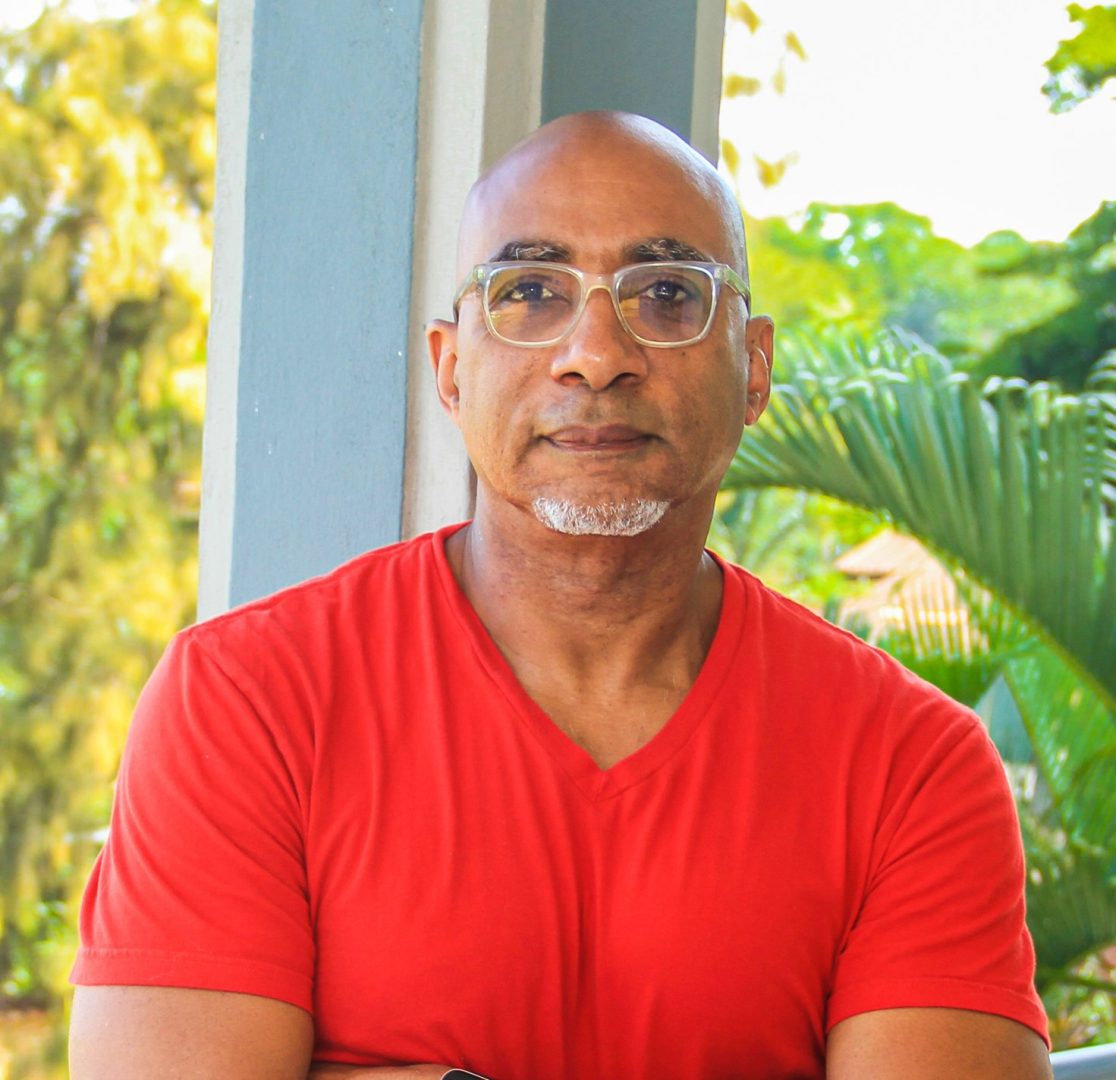
Cary Alan Johnson’s Desire Lines takes its reader on a journey to what gay life in New York was like during the 1980s. A Black teenager growing up in Brooklyn is captivated by a vision of life on the other side of the river, where the sparkle and glitter of Manhattan beckons. Added to this the equation is the specter and trauma of the AIDS epidemic as it starts to grip the city. Johnson’s debut novel is a semi-biographical love letter to the 1980s and the people lost during that era, people who should still be here with us living their lives and making contributions to our society, if had it not been for the AIDS stigma and government inaction.
The narrator notices a sign in the park warning pedestrians to “Stay on Paths. Avoid Desire Lines.” What are desire lines?
Desire lines are paths worn into a grassy surface by repeated foot traffic. They’re created, used, and constantly reaffirmed by pedestrians who won’t — or can’t — follow a designated, authorized route. Desire lines represent the ways in which we refuse to conform, and instead carve out our own ways of being and doing. Desire lines are the ways in which we go the way our blood beats, as James Baldwin said, instead of sticking to convention. But as exciting as desire lines can be, taking the road less traveled is risky. We don’t always know where we will end up, what the outcome may be.
Why did you pick the 1980s and New York as a setting and time to center the novel?
It was the era of my coming of age. I turned 20 in 1980. And I can’t imagine a crazier, more frightening moment for a young man to enter into adulthood. Way before HIV medications were on the market, and even before testing for HIV status was available, many of my generation went through a period of personal and shared chaos. We didn’t know whether we would live to see our 30th birthdays! And New York was the statistical, political and emotional epicenter of it all. There was an amazing amount of pain, as well as acts of deep kindness and heroism as we tried to care for ourselves and those around us. I can’t imagine there is a more important period to try to document.
Why did you feel this story needed to be told?
Because it hadn’t been told before. Of all the really great books and films that recount stories from the AIDS crisis in the U.S. during that period, they all portray Black gays as supporting characters, if at all. (Think Angels in America. Think Dancer from the Dance. Think The Hours.) Our stories, the particularities of how we faced those perilous years, have never been told, I thought there was a voice missing in the remembrance of that period.
https://www.caryalanjohnson.com


